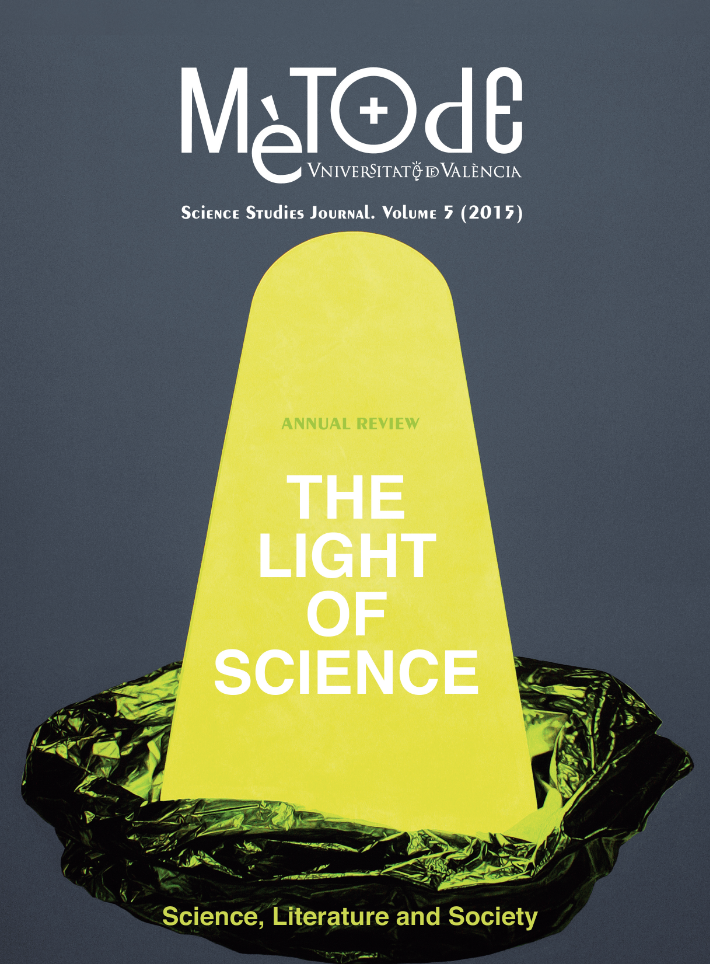Science: Perception and instability: Can there be a single description?
DOI:
https://doi.org/10.7203/metode.0.3889Keywords:
science, scientific method, scientific knowledge Abstract
Abstract
Science has become the main standard of truth for contemporary societies. But what exactly is scientific knowledge? This article tries to answer the question by critiquing towards the description of science as a single universal model based on a distinctive method of obtaining knowledge. The text addresses the impossibility of defending the existence of an alleged scientific method, highlighting the complexity of scientific activity and its relationship to time-bound social and cultural aspects. Thus, we consider the importance of understanding how scientific knowledge is constructed and legitimised with a number of connections and interactions of various elements that provide a historical form to what we understand by science.
 Downloads
Downloads
 References
References
Chalmers, A. F., 1976. What Is This Thing Called Science? University of Queensland Press. St. Lucia, Queensland.
Covarrubias, S., 1611. El tesoro de la lengua castellana o española. Luis Sánchez. Madrid.
Feyerabend, P., 1975. Contra el método. Esquema de una teoría anarquista del conocimiento. Ariel. Barcelona.
Fonseca, C., 1622. Quarta parte de la Vida de Christo. Luis Sanchez. Madrid.
Pestre, D., 2005. Ciencia, dinero y política. Nueva Visión. Buenos Aires.
Popper, K. R., 1959. The Logic of Scientific Discovery. Hutchinson. London.
Russell, B., 1959. The Problems of Philosophy. Oxford University Press. New York.
Snow, C. P., 1959. The Two Cultures. Cambridge University Press. London.
Ziman, J., 2003. ¿Qué es la ciencia? Cambridge University Press. Madrid.
Downloads
Published
How to Cite
-
Abstract789
-
PDF (Català)305
-
PDF (Español)137
-
PDF178
Issue
Section
License
![]()
All the documents in the OJS platform are open access and property of their respective authors.
Authors publishing in the journal agree to the following terms:
- Authors keep the rights and guarantee Metode Science Studies Journal the right to be the first publication of the document, licensed under a Creative Commons Attribution-NonCommercial-NoDerivatives 4.0 International License that allows others to share the work with an acknowledgement of authorship and publication in the journal.
- Authors are allowed and encouraged to spread their work through electronic means using personal or institutional websites (institutional open archives, personal websites or professional and academic networks profiles) once the text has been published.





